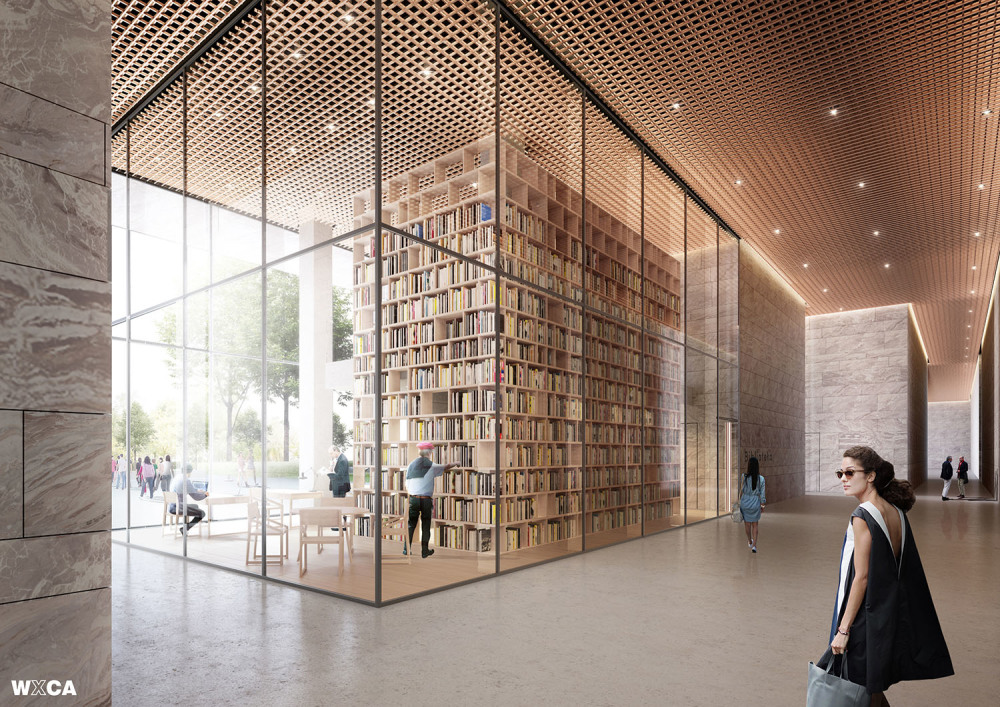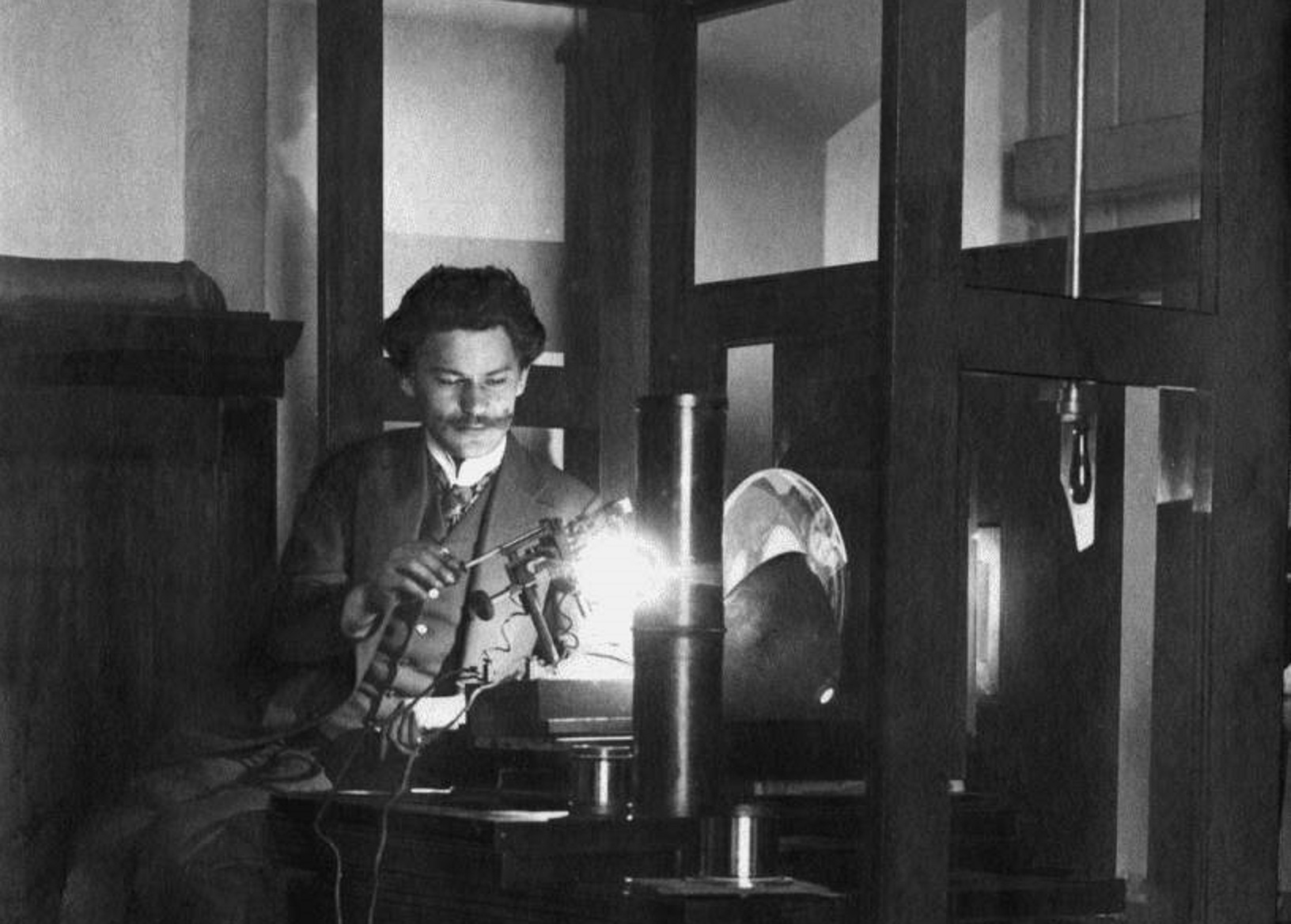The idea of creating the web portal polishhistory has been part of the Polish History Museum and was established to create a broader view of the museum. Why is a website like polishhistory so needed?
Robert Kostro: I believe that we are participating today – and this is a global phenomenon – in many important historical debates. This is a completely different situation than in the 1990s, when many people believed that history does not matter, the most obvious expression of which was the thesis of Francis Fukuyama about the “end of history.” From today’s point of view, we know not only that history is important, but it is necessary to view it as a whole.
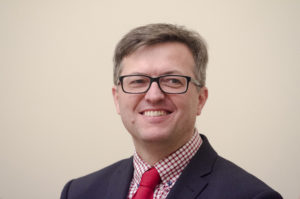
Therefore, our goal is to create a web tool, which will be the first web portal dedicated to the history of Poland in English. We want it to become both a source of interesting information and knowledge and a virtual space where our readers can observe our historical discussions. It is important for us to create a place where one can take part in a debate at the highest substantive level. No less important is providing an accessible way for the English-language audience to become familiar with various interesting phenomena concerning the history of Poland and the entire Central European region.
Does the polishhistory site have ambitions to influence academic discussions conducted by English-language researchers?
I believe that every project intended for a broad audience with an intellectual background must embrace such an intention. Relatively few professional historians from abroad know the Polish language, so the history of our country is mostly spread indirectly in the world. It is also often learned through foreign sources, primarily Russian and German. I believe that breaking this kind of monopoly will be intellectually valuable. An additional value will be if the history seen through the prism of Polish sources becomes more common and more accessible. This is an opportunity for topics related to Poland and Central Europe to be understood from a different perspective.
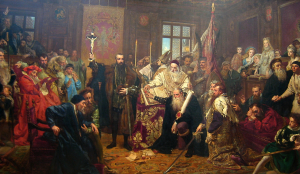
Does this mean that the history that polishhistory presents is not confined to the history of ethnic Poland within its present-day borders?
Definitely – one ambition of the polishhistory is to present Polish history in a broad context. The best example here is the history of the Polish-Lithuanian (I would add -Ruthenian) Commonwealth. I have no doubt that it is impossible to write about the history of Poland while constantly excluding the relevant context of the First Republic of Poland. It was a unique political and social laboratory, from which several nations grew to greater or lesser extents. Obviously Poles and Lithuanians – but also to a large extent Ukrainians, Belorussians and Jews. And to a limited extent Germany, to mention at least the presence of Prussian nobility in Polish political life and the intermingling of certain cultural influences in medieval cities.
The mutual past unites but also divides.
We are aware of this – hence polishhistory, while aspiring to present the history of Poland and Poles, will also include its broader regional aspect. We want foreign historians who have something important to say about our common history to cooperate with us on an ongoing basis. The past not only unites, in fact, but can also painfully divide us. I think that a kind of community of common memory connects these nations – it is oftentimes a difficult community, but in my opinion we undoubtedly constitute a community. This does not mean that polishhistory should be created only by the historians from neighboring countries we also invite other historians from abroad to co-create this web portal.

Historians of the short twentieth century – according to Eric Hobsbawm, for example – have pointed out that one of the most dramatic civilizational changes of the last century was a strong break in the continuity of historical memory, caused by complex social and economic changes, and accelerated by factors including the brutality of the Second World War. These processes are global – are you concerned that polishhistory could fall on this stony terrain?
I believe that the continuity of memory exists and it is doing well. Please take a look: Poles in each generation return to literary texts, documents, historical sources and studies referring to national history. In this sense, there exists a real community: regardless of whether we were born thirty, fifty or eighty years ago, we have a common cultural heritage, that is, we read the same books.
To some extent, we also share this with other nations that are among descendents of the First Republic: we all venerate Adam Mickiewicz, at times we praise common heroes like Tadeusz Kosciuszko or commemorate military victories like battle of Orsha or Khotyn once established unions together. Such as, for example, the Union of Lublin – which created a single state, the Polish-Lithuanian Commonwealth – and the Warsaw Confederation, the first European act granting religious freedoms within the Polish-Lithuanian Commonwealth, and the Constitution of 3 May 1791, which was adopted by the Great Sejm, the Four-Year Sejm, for the Polish-Lithuanian Commonwealth, the dual monarchy comprising the Crown of the Kingdom of Poland and the Grand Duchy of Lithuania. Do we have different views on those events? It is perfectly understandable that we do. This community is a real fact and we cannot change the importance to each generation of reinterpreting it.
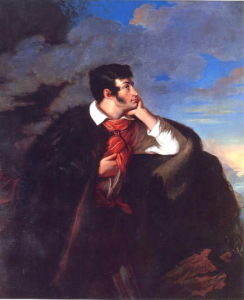
Are you saying that continuity and change are concepts that are not mutually exclusive?
It might be different if I imagined tradition as a kind of monolith, an unchanging depository of the past. But that is not the case: tradition is something that is alive, subject to updates, to adaptation. We often look for inspiration in solving today’s problems, drawing on historical experience and reaching out to old texts – yet the answers we give are often different from those given by our ancestors.
With so much connecting us, the descendents of the former Polish-Lithuanian Commonwealth, what should we regard as the foundation of this community?
At least two aspects are important here. One is the republican aspect, because the Commonwealth was a country in which a relatively broad population group participated in governing and deciding. This is a very interesting aspect that we can still observe when comparing the states of Ukraine and Russia today. Both countries have many elements of common heritage – but in Russia democracy does not work, and in Ukraine, despite all its weaknesses, it does. Parliamentary and constitutional traditions are the key issue of our common identity. The second important aspect was the formation of a unique modus vivendi between different ethnic groups and different religions. Symbols of this are the Union of Lublin and the Confederation of Warsaw.
It’s no secret that differences exist in the perception of shared heritage among the descendents of the First Republic of Poland.
This is an unavoidable process, but is also subject to constant changes. Let’s take the Constitution of 3 May 1791 as an example.
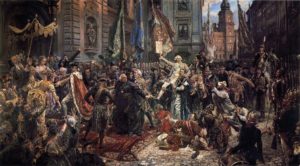
In traditional Lithuanian historiography, it was usually assessed very critically as breaking the long-standing tradition of Lithuanian separateness. Today it is being assessed more favorably as an element of contemporary Lithuanian heritage, not only as an example of Polish domination. This proves quite precisely the value of looking for those elements of tradition that Lithuanians, Poles, Ukrainians and Belarusians can be equally eager to refer to. Certainly today such elements can be found in the sphere of our common legal tradition.
Might traditions from the Polish-Lithuanian Commonwealth also be understood in this way by other polishhistory readers, coming, from Western Europe, for example, and from other continents?
Definitely it may – and I am confident about this due from the years of experience I have in developing international contacts in the historical setting.
One proof of this can be the Recovering Forgotten History project, in which the Polish History Museum is a partner. This is a series of international seminars carried out for years by Prof. Andrzej Sulima Kamiński, in which Anglo-Saxon authors take part, discussing scientific subjects devoted to the history of our region and also evaluating studies on this subject. It can be demonstrated from the Anglo-Saxon side that a strong representation of authors has existed who are fascinated by the First Republic of Poland. This also shows clearly that the potential interest in our history is serious.

This potential, however, does not depend only on a purely intellectual appeal of Polish history.
Certainly – for example, the political and economic situation are of great importance. When I was just past ten years old, China was widely regarded as a symbol of poverty. After some time, it began to be associated with mass production, often of poor quality. Today? It is a symbol of economic growth and development, an extraordinary success on a global scale. Hence, many people around the world are learning Chinese and deal with the culture and history of China.
I think that the appeal of certain cultural models or historical tales is very strongly related to the appeal of the political and economic model. Not so long ago, the entire world was learning German and Japanese, not because that fascination began with those extraordinary cultures, but rather because Germany and Japan were commonly identified as countries of success, thus interest in their cultures also grew.
Do you think this is also awaiting Poland and a Polish way of narrating the history of Central Europe?
Our country is systematically advancing in global economic and political rankings – this certainly explains the appeal of Polish history. Is French or English history interesting simply because it’s interesting? No – it’s more complex. It’s interesting because for centuries those were the leading political and economic countries, which made them an important point of reference. For many years, Europeans came to Paris, learned French and thus learned about the history of this country and its culture. The reason France became a superpower is not because its culture was popular, but vice versa.
Along with that aspect – let’s call it socio-political – there are at times exceptional situations, such as the election of Cardinal Wojtyła as Pope John Paul II, or the emergence of Solidarity, which in the early 1980s aroused great interest around the world. But those are black swans: unpredictable situations, independent of any planning.
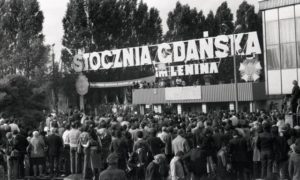
How, then, should Polish history be presented now to foreign audiences? Is the case that a narrative addressed to them should be constructed in a different way than the narrative addressed to a Pole, who quite naturally is more aware of national and regional contexts?
To me, though, this only sets up an apparent duality. History should be presented in a relatively simple way. Regardless of whether we are dealing with a Pole or a foreigner. I think the vast majority of people are not really interested in history as such. We only start looking at things differently when the story intrigues us, when we feel the connection between historical events and our personal history.
One good example is about existential experience. More than once, I saw people visiting the Warsaw Uprising Museum or the Wawel Castle in Kraków who did not understand fully what Polish people do – but still, they understood a lot. They understood the tragedy of isolated Warsaw fighting against the Germans; they understood the splendor of the Wawel royal court and its extensive contacts across Central Europe, the achievements of Polish culture and the power of the country in the era of the Jagiellonian dynasty. I think that these are universal and legible issues, regardless of the language spoken by visitors to a museum’s exhibition.
In theory, this sounds convincing. The problem is that history is very complicated, especially in our part of Europe. How to get beyond this? How to talk about complicated history in a simple way?
I think that the museum is one of the key places or tools thanks to which it is possible to familiarize oneself with difficult history. Our imaginations are closely related to the senses, and utilizing them allows us to treat history as something more than just dealing with the text. The text requires specific predispositions and a certain initial curiosity in order to assimilate it at all. Meanwhile, objects – a car, or the belt of a robe – can be appreciated for their color and shape. Also, when placed in a well-planned space, they establish a broader context. Thanks to the precise planning of the architecture of the exhibition space in a museum, the story smoothly merges into a whole, combining various elements, including emotions that can express joy, violence or wickedness.
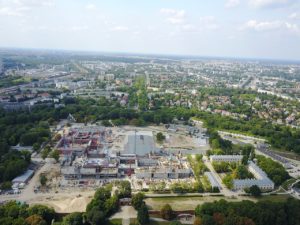
Is this meant to combine cognitive and intuitive learning?
The museum, when it isn’t overloaded with text or overly fanciful, can become a very accessible and appealing space. It is possible to venture on a journey into history in which not everything we learn is presented in a strictly rational way, but through shapes, colors and organization of space. We can see artifacts from military officers imprisoned in Katyn at the beginning of the Second World War, or stand with the gentry in the royal-election field near Warsaw – this is a completely different experience than just reading the text.
The permanent exhibition will be the jewel in the crown of the Polish History Museum – yet the web portal will also serve future museum visitors and those with interests in Polish history.
The contemporary museum is an important center of multidimensional activity – alongside the exhibition, there is a place for learning and education. A web portal such as polishhistory is just such a complement.
And all the more so because plenty of interesting and valuable texts and studies are now being written in the museum, and this web portal provides the opportunity for these to reach a large English-language audience. Also those who for various reasons won’t be able to physically visit our museum once it is open, or participate in our projects and learn about the effects of our work. polishhistory is a great virtual space for international meetings among all those who are interested in the history of Poland, and of the whole of Central Europe.
Interviewer: Michał Przeperski
Translation: Alicja Rose & Alan Lockwood

